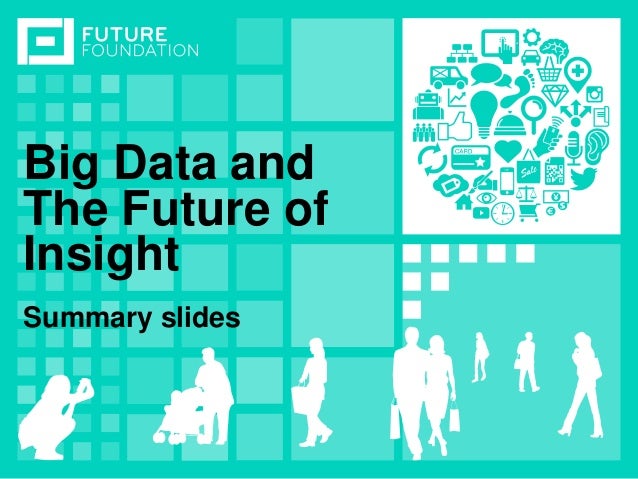
My former business partner Todd Park is pretty busy these days as Chief Technology Officer of the U.S., setting data free through President Obama’s Open Data Initiatives. A passionate believer in the power of information, Todd embraces the idea that by putting data out into the public domain, we create the potential for entrepreneurs and innovators to transform that data into products and jobs.
He’s not alone. This approach has sparked innovation across information categories, such as weather (Weather Channel) and global positioning (Waze), and is now being rolled out in a variety of sectors, from energy to education.
Continue Reading Here

We are often asked, “what is the best way to create an analytics organization within my company?” While there is no one right answer, we have had the opportunity to observe many highly successful organizations and have identified a few keys to building and running a successful analytics organization.
Let’s start with the reporting structure. Who reports to whom? Who sets the strategy? We have observed firsthand the struggle organizations go through when trying to figure out where analytics should live within the organization — IT, Marketing, Finance, Operations, Office of the CEO. We believe that the analytics organization should report up through a “neutral party,” this avoids as much as possible the political infighting that happens when insights generated by the analytics organization reflect poorly on the performance of team leadership.
Continue Reading Here

Bug Labs, a software firm behind a of a variety of connected devices and services, is sick of the fragmented nature of the internet of things. So it has created a technology toolset to help tie different devices together and make playing with connected hardware a little easier. The first tool, Dweet was launched in February and lets you insert a bit of code onto a device to start tracking it.
Continue Reading Here

Snowplow Analytics provides an event analytics platform. The UK-based company enables its clients to collect granular, customer-level, and event-level data from multiple platforms, including web and mobile, and load that data into structured data stores to support advanced data analytics. Snowplow customers, who include retailers, media companies and gaming companies, mine and visualize data using Business Intelligence tools such as Looker and Tableau, and statistical and modelling tools like R and pandas. Snowplow is an open source platform: businesses can download Snowplow and set it up on their own AWS accounts, giving them complete ownership and control over their event data.
Continue Reading Here

Click Here to See The Slides

Click Here to See Full Slides

I have for decades watched CEOs and other executives try to explain a corporate strategy to a small group of senior managers or to a much larger group of staff. For the most part, it has not been a pretty sight. In the case of senior managers, I usually hear 3 or 4 different interpretations of what the boss said, or disagreements about what they thought he or she said. In either case, no alignment at the top. In the case of a larger group of staff, often many people look on blankly during the presentation. They may appreciate a CEO’s willingness to share crucial plans. But because they don’t have the context or experience, they can’t even begin to understand what is being thrown at them in a thick PowerPoint deck. And what they do see certainly doesn’t make them want to get up in the morning and come to work.
Continue Reading Here
No comments:
Post a Comment